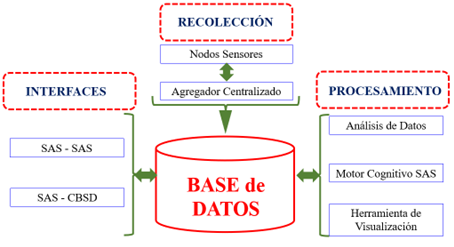Citizen broadband radio service review
Main Article Content
Abstract
This article reviews the Citizen Broadband Radio Service (CBRS) and its characteristics. It also describes the Spectrum Access System, which allows the bands not used by primary users to be intelligently occupied by secondary users to optimize this resource. As a rule, CBRS operates between 3550 and 3700 MHz, allowing users to connect with operators in high-traffic locations. Using Neutral Hosts minimizes the installation and operation costs of the Advanced Mobile Service’s operators. CBRS also functions as a private LTE network with several advantages over other wireless network technologies. This innovative proposal marks a milestone in shifting from fixed radio spectrum allocation to dynamic controlled access, enabling connectivity to a wide range of wireless devices.
Downloads
Article Details
Section

This work is licensed under a Creative Commons Attribution 4.0 International License.
Authors who publish in this journal agree to the following terms: Authors retain the copyright and guarantee the journal the right to be the first publication of the work, as well as, licensed under a Creative Commons Attribution License that allows others share the work with an acknowledgment of the authorship of the work and the initial publication in this journal. Authors may separately establish additional agreements for the non-exclusive distribution of the version of the work published in the journal (for example, placing it in an institutional repository or publishing it in a book), with acknowledgment of its initial publication in this journal. Authors are allowed and encouraged to disseminate their work electronically (for example, in institutional repositories or on their own website) before and during the submission process, as it may lead to productive exchanges as well as further citation earliest and oldest of published works.

